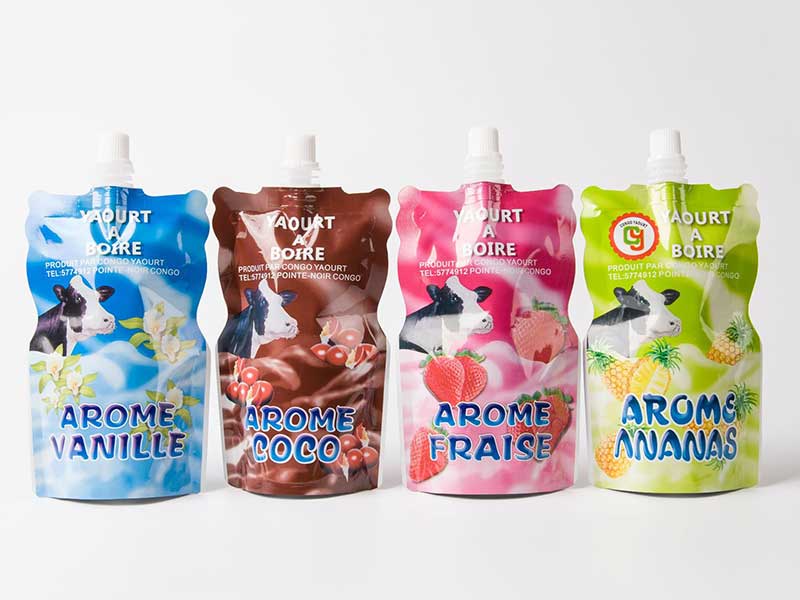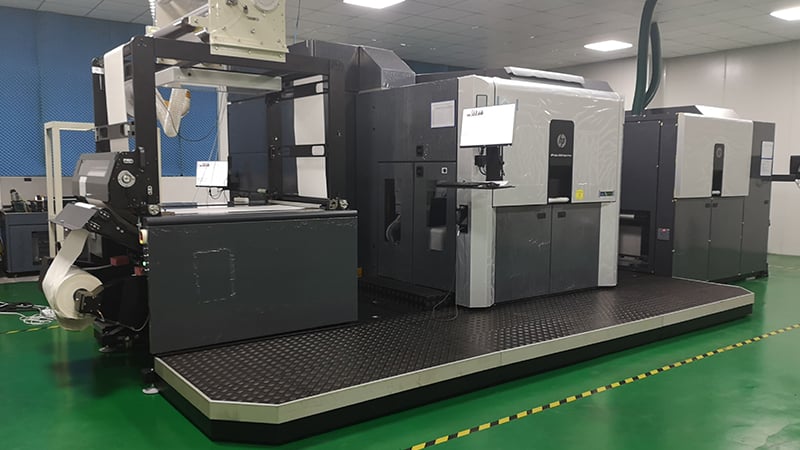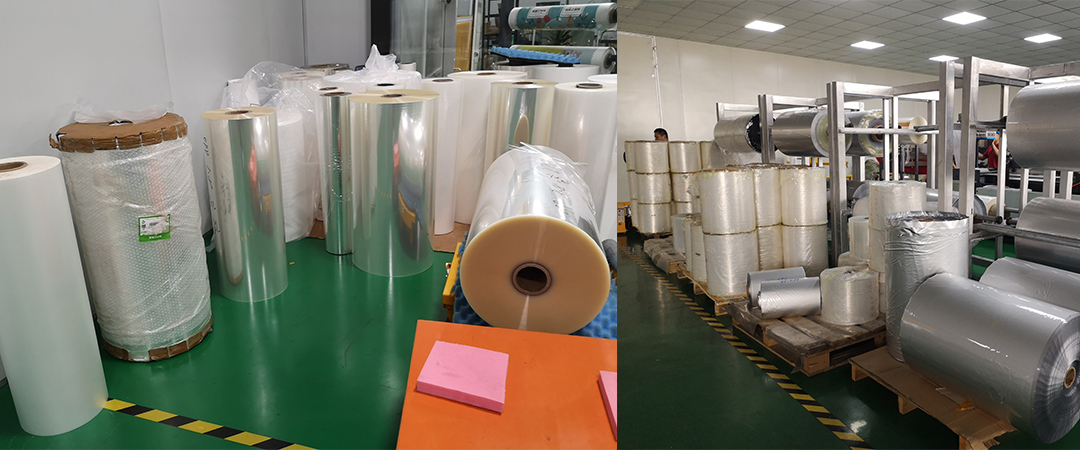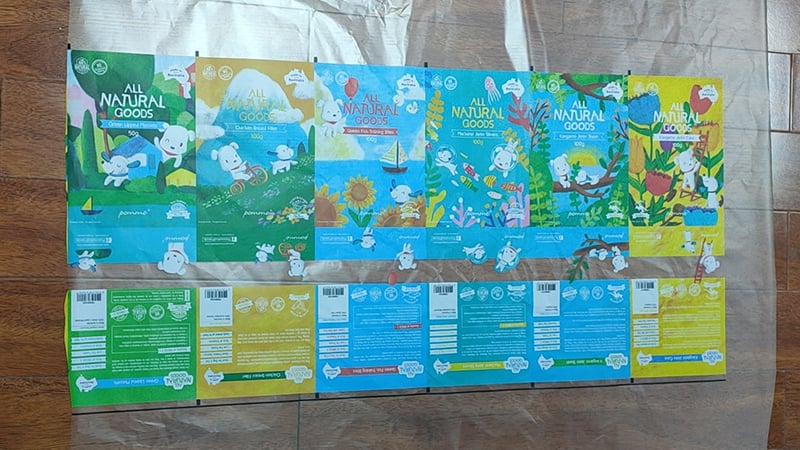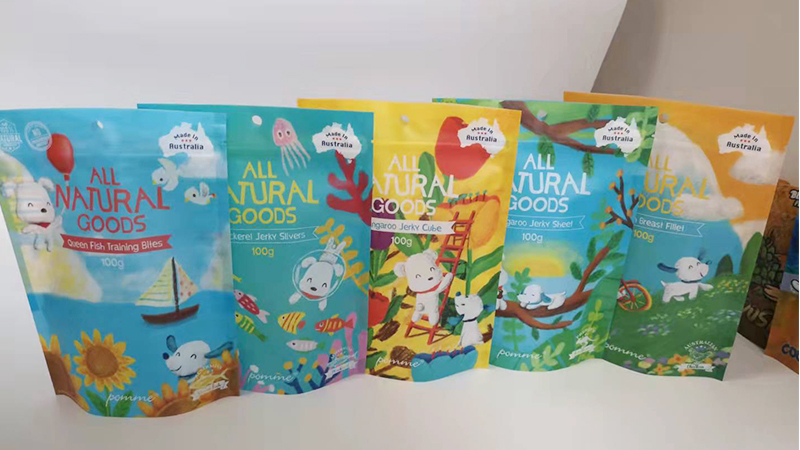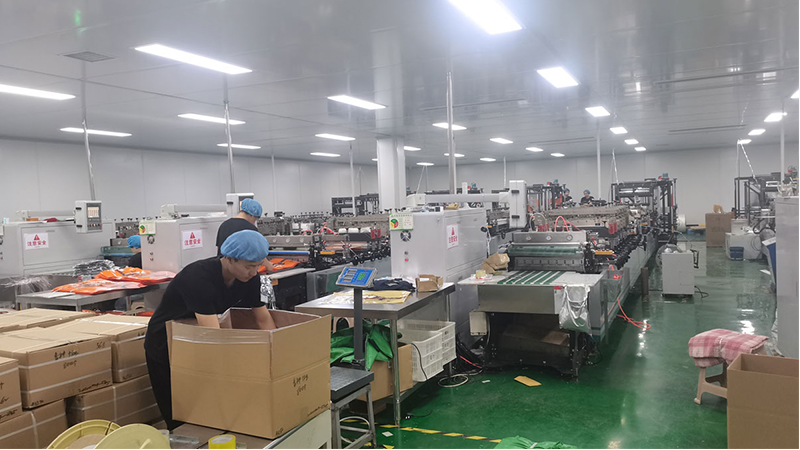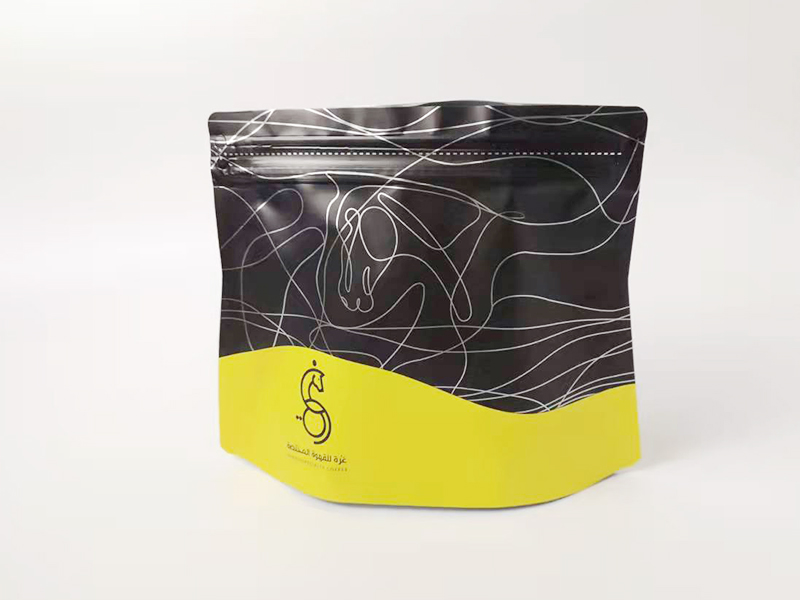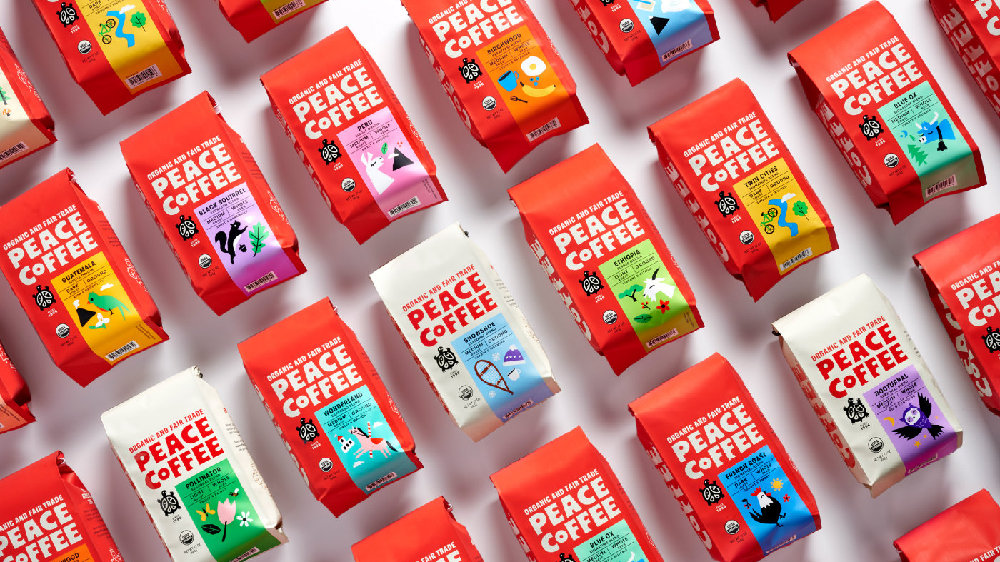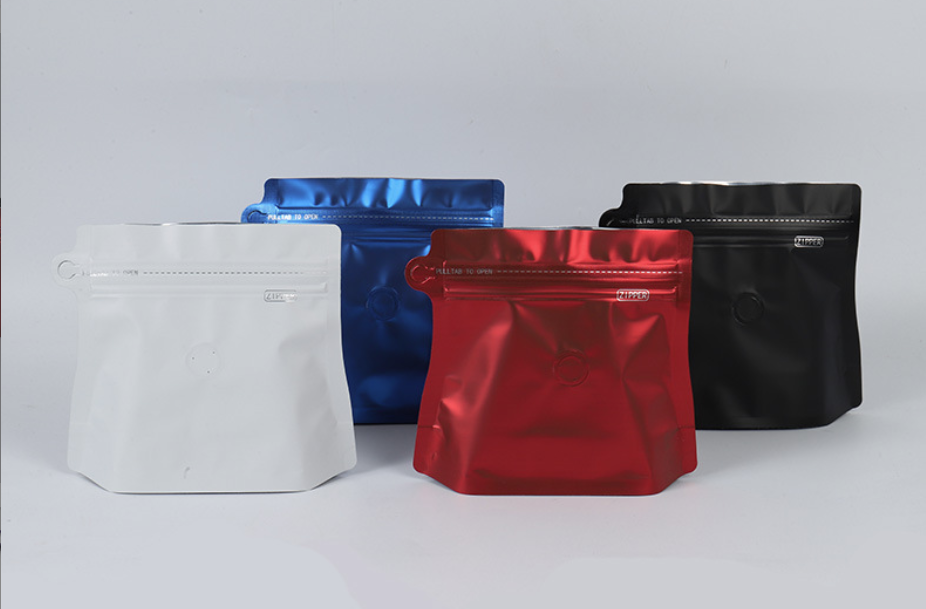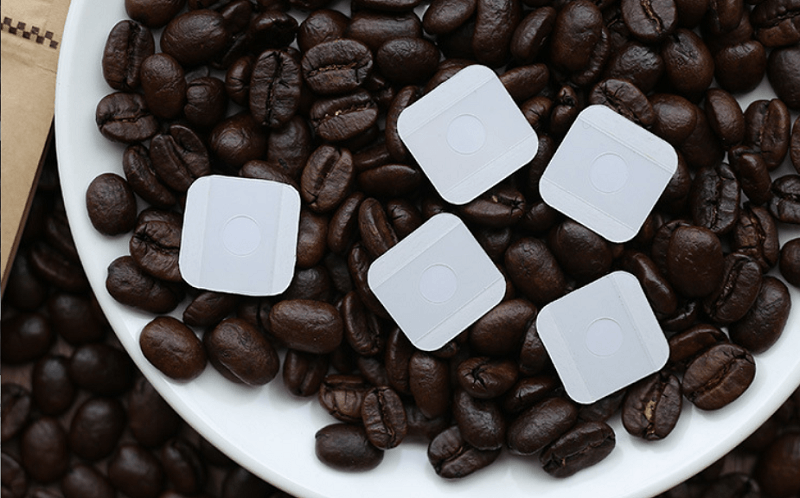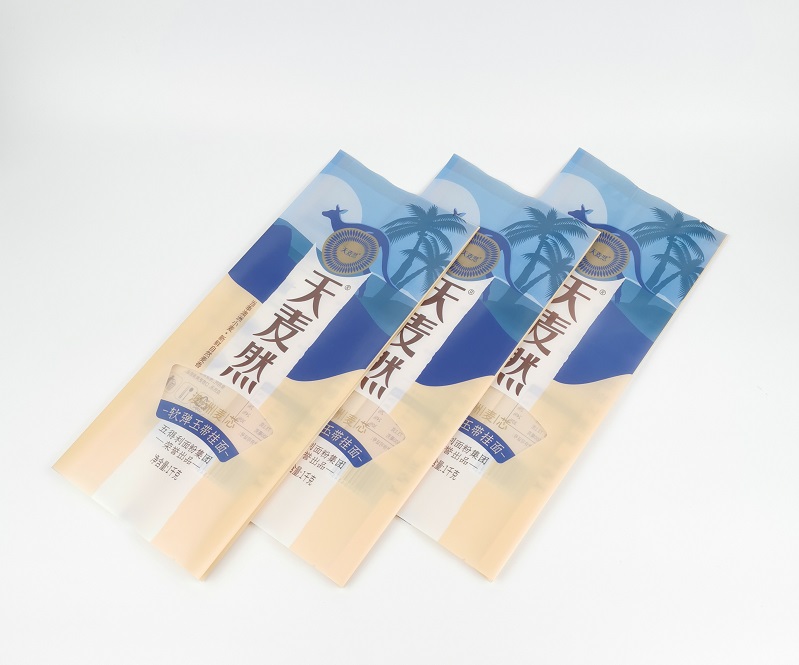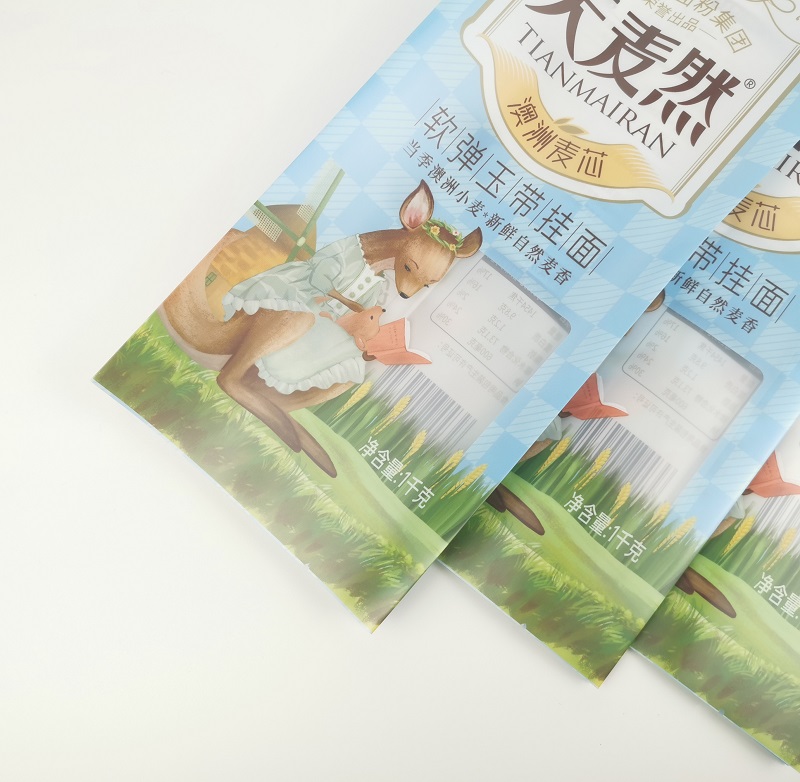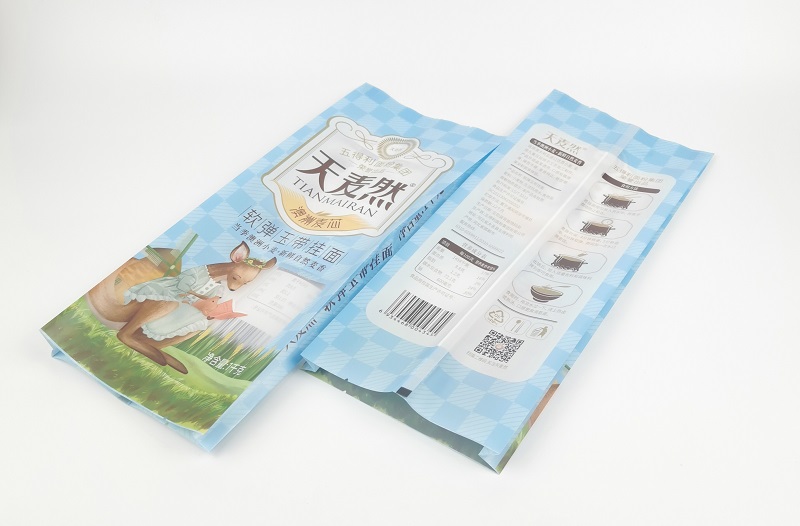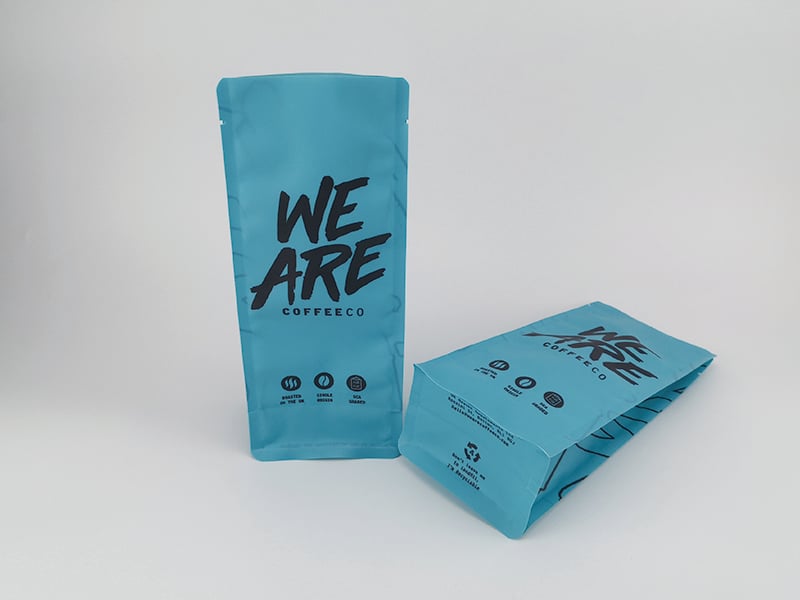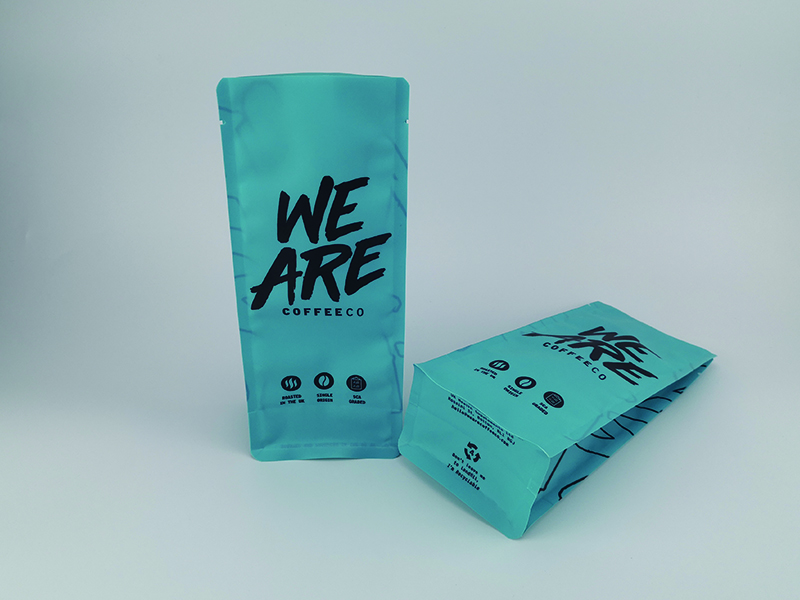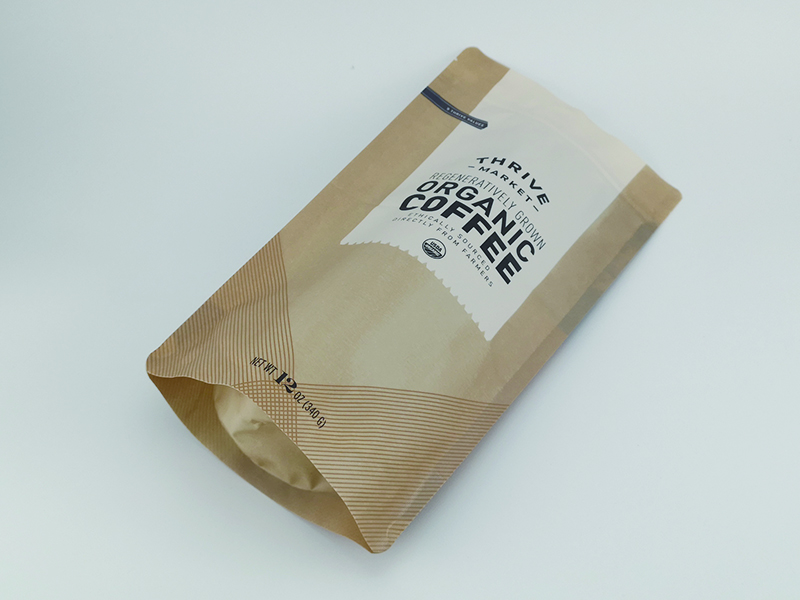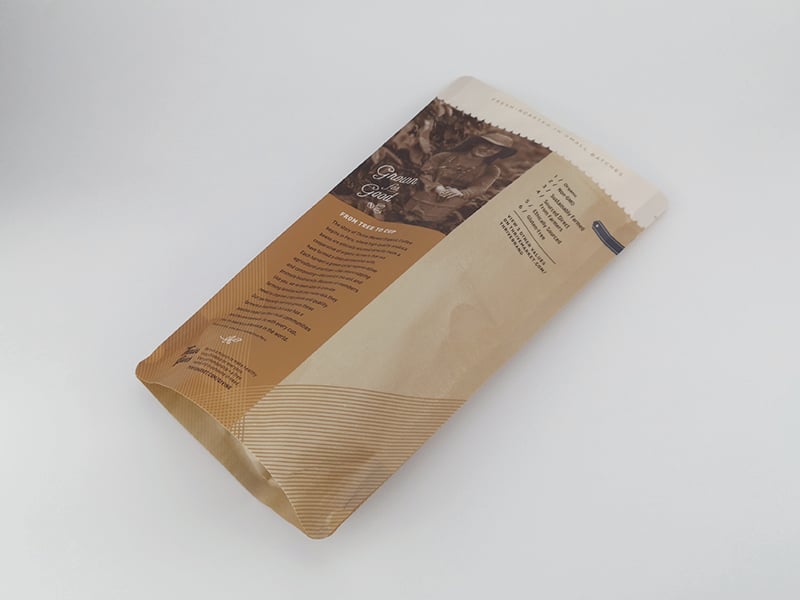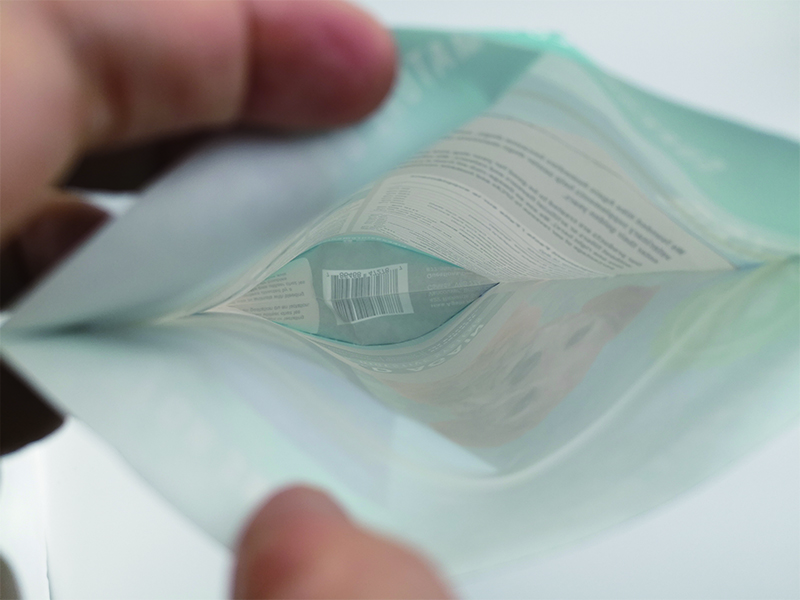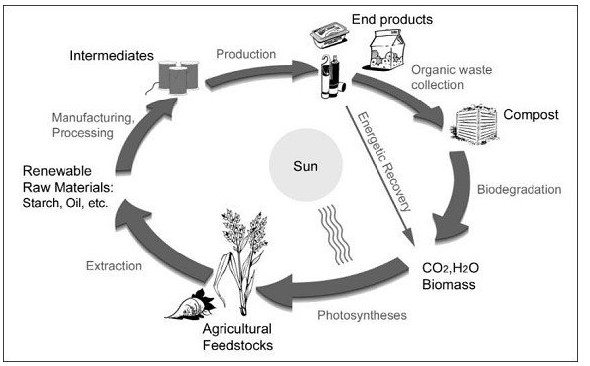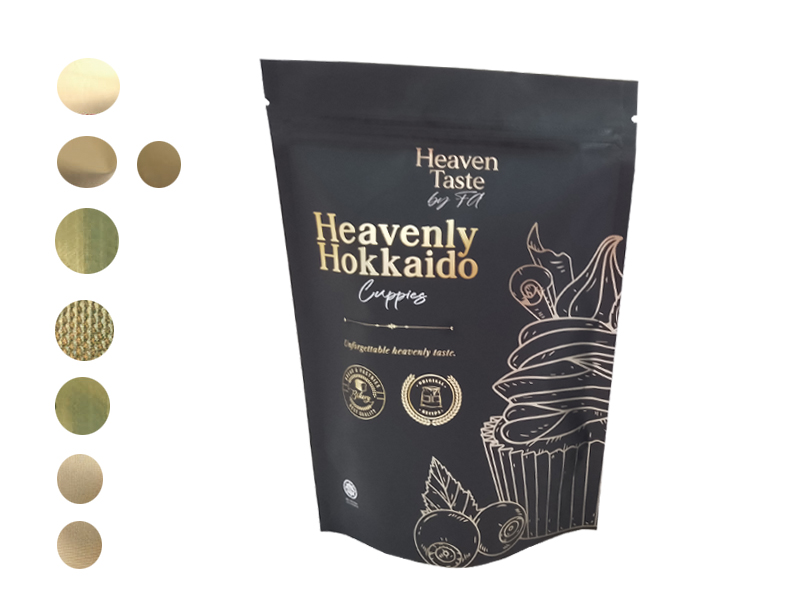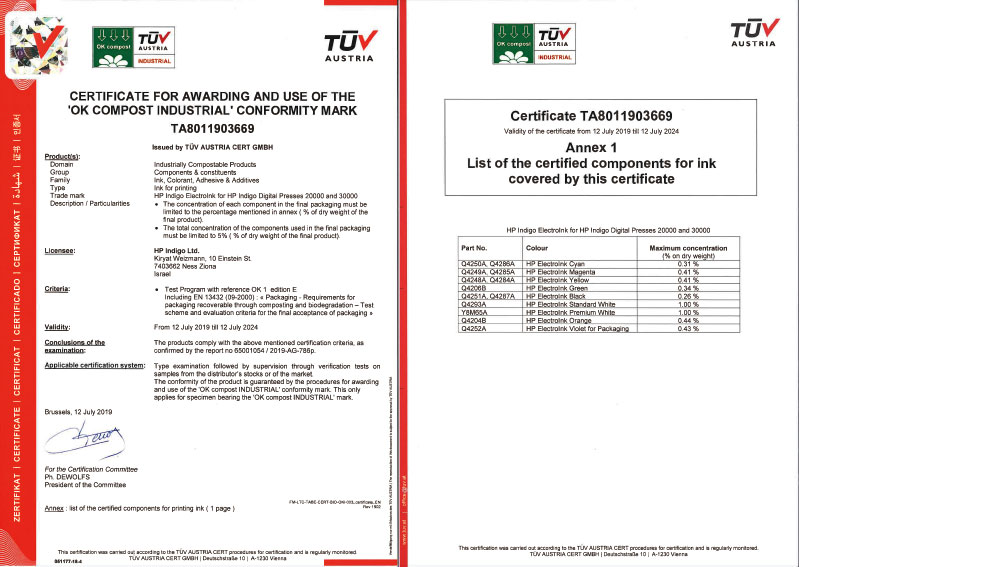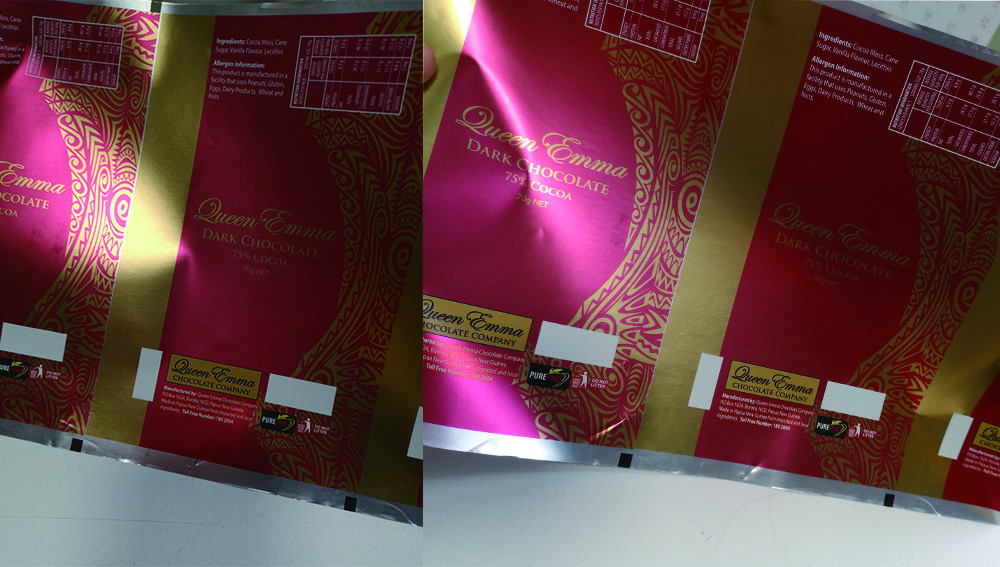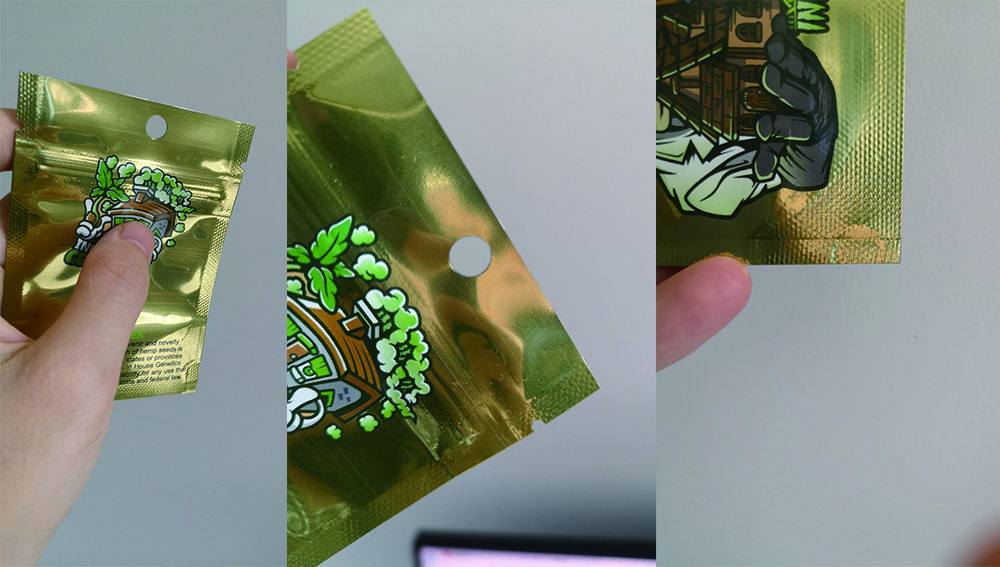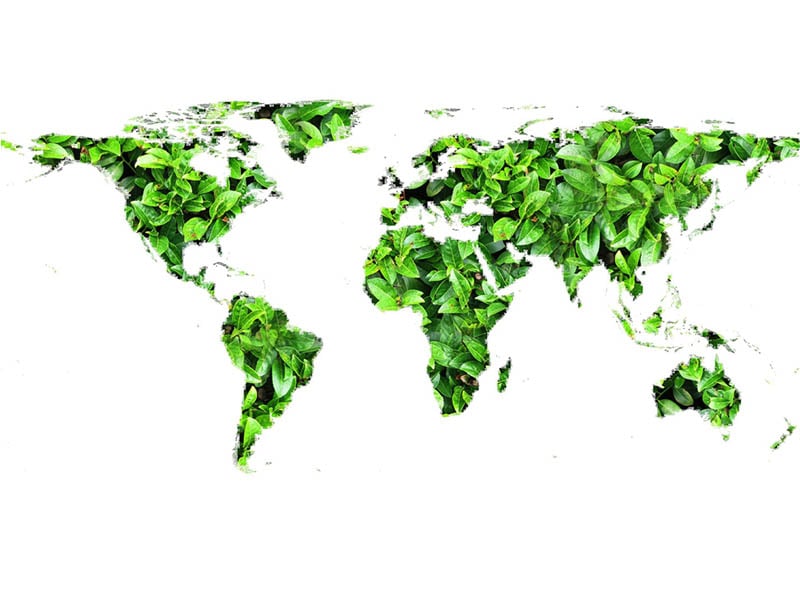The spout pouch is also called spout bag or fitment pouch. It is an emerging beverage, jelly, detergent, cosmetics, powder and other packaging bags developed on the basis of the stand-up bag. Its biggest advantage is that it is easy to carry and can be placed at will. In backpacks and even pockets, the volume can be reduced as the contents are reduced.The stand up pouch with spout has the repeated sealing of the PET bottle and the fashionable and generous composite aluminum paper, which has the advantage that the traditional packaging can't match in terms of printing performance.

A stand up pouch with spout (Doypack) refers to a flexible packaging bag with a horizontal support structure at the bottom and a spout at the top or side; the structure is mainly divided into two parts: a spout and a stand-up pouch. The self-standing bag portion is identical in construction to the conventional four-side stand-up pouch, but a composite material is generally used to meet the requirements of different contents packaging. The spout or cap part can be regarded as a general bag mouth hot pipette. The two parts are closely combined to form a beverage package that supports drinking, and since it is a flexible package, there is no difficulty in drinking, and the contents are not easily shaken after sealing, which is an ideal new type of beverage packaging.
Advantages of spout pouches:
1. Strong and firm, tensile and anti-wear;
2. It has good sealing property, can effectively protect from light and moisture, and prolong the shelf life of the product.
3. Beautifully printed, enhance product quality and enhance shelf visual effects
4. The bag is heat-sealed with strong fastness, pressure resistance, drop resistance, not easy to break and rupture, and no leakage. Replaceable bottle use, saving you money and increasing the competitiveness of your products in the market.
5. Add nozzle, zipper, can be used repeatedly, strong sealing, easy to store, suitable for manual and automatic filling and sealing
6. Effectively reduce the volume, more convenient to carry, easy to use.
The standing up pouches with spout is laminated by PET/PE or PET/AL/PE structure. It can be made of 2 layers, 3 layers and other specifications. It depends on the package. It is necessary to increase the oxygen barrier to extend the life of the product. cycle. The flexible packaging of the spout pouch is not suitable for the packaging of carbonated beverages at present, but it has advantages in the fields of juice, dairy products, health drinks and jelly foods.

In the increasingly competitive market environment, PET bottles, composite aluminum paper, cans are the main way, and the emergence of emerging packaging forms such as standing up pouch with spout, injecting fresh development vitality into the packaging market, improving product quality and strengthening shelf vision. The effects, sealing, portability, preservation, etc. all have development advantages.
It can be seen that the stand up pouch with spout is an ideal form of flexible packaging, which injects fresh vitality into the packaging market, promotes the packaging market to be rich and colorful, meets market demand, and conforms to the trend of the times.
